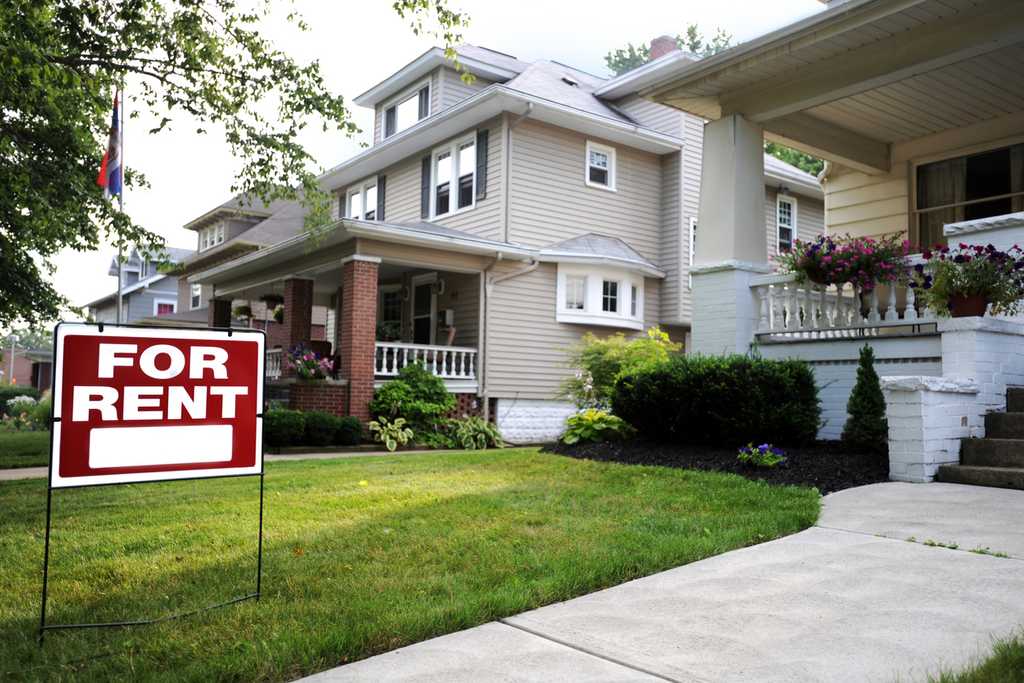Properties, In the world of real estate, finance, and law, the term “properties” is frequently encountered. Properties play a central role in the ownership and transfer of wealth, making them one of the most valuable assets individuals and organizations can hold. But what exactly are properties, and how do they function within different contexts?
Definition of Properties
At its core, properties refer to the legal rights and ownership an individual or entity has over something of value. These can include physical objects, assets, or even intangible concepts. The definition of property can vary slightly depending on the legal system or economic context in which it is being used. However, broadly speaking, properties are considered to be anything that can be owned, controlled, or transferred to others.
There are two primary categories of properties: real property and personal property. Each of these comes with distinct characteristics, uses, and legal implications.
1. Real Property
Real property refers to land and any structures or improvements permanently attached to it. This can include homes, commercial buildings, and other immovable fixtures. Real property is often associated with the real estate industry, where ownership and transfer of land are central concerns. The value of real property tends to increase over time due to factors such as demand, location, and development.
Components of Real Property
- Land: The foundation of real property, referring to the surface of the earth and everything beneath it (such as minerals) and above it (such as airspace).
- Structures: Buildings, homes, and any permanent constructions attached to the land. This includes garages, sheds, and fences.
- Improvements: Any changes made to the land that increase its value or utility, such as landscaping, installing a pool, or adding a driveway.
Real Property Rights
When an individual owns real property, they typically hold several rights:
- Right of Possession: The legal right to occupy and control the property.
- Right of Use: The ability to utilize the property in a lawful manner.
- Right of Enjoyment: Freedom to enjoy the property without interference.
- Right of Disposition: The ability to sell, lease, or transfer ownership.
- Right of Exclusion: The right to prevent others from entering or using the property.
2. Personal Property
Unlike real property, personal property refers to any movable objects or assets that are not attached to land. These include everything from vehicles, furniture, jewelry, and stocks to intellectual property like patents and trademarks. Personal property can be divided into two subcategories: tangible and intangible property.
Tangible Personal Property
Tangible personal property includes physical objects that can be touched and moved. Common examples include:
- Cars
- Appliances
- Art
- Clothing
These items can be bought, sold, and transferred relatively easily, making them a more liquid form of property than real estate.
Intangible Personal Property
Intangible personal property, on the other hand, includes assets that do not have a physical form but still hold value. Examples include:
- Intellectual Property (e.g., patents, copyrights, trademarks)
- Stocks and Bonds
- Bank Accounts
- Licenses
Despite being non-physical, intangible assets are often some of the most valuable properties a person or company can own.
3. Mixed Property
In some cases, property may combine elements of both real and personal property. For instance, fixtures are personal property that has been permanently attached to real property. A chandelier that is affixed to the ceiling of a home becomes a fixture and is considered part of the real property, whereas a chandelier in a box at the store is classified as personal property.
Ownership of Property
Ownership of property is one of the cornerstones of many legal systems worldwide. It grants the owner certain rights, including the right to use, transfer, lease, or exclude others from the property. However, these rights can vary based on local laws and the type of property in question.
Types of Property Ownership
- Sole Ownership: One individual holds exclusive rights to the property.
- Joint Ownership: Two or more individuals share ownership rights, and in some cases, these rights can pass to the surviving owners upon one owner’s death.
- Tenancy in Common: Ownership is shared by two or more individuals, but there are no rights of survivorship. Each owner can pass their share to their heirs.
- Community Property: In certain jurisdictions, property acquired during a marriage is considered jointly owned by both spouses, regardless of who holds the title.
Transfer of Property
Property, whether real or personal, can be transferred between individuals or entities through various means. The most common forms of transfer include sale, gift, inheritance, and donation. Each method may require specific legal procedures to ensure the rights of all parties involved are upheld.
Real Property Transfer
The transfer of real property typically involves a deed, which is a legal document that outlines the details of the transfer and confirms the new owner. In most countries, real estate transactions must be registered with local authorities to ensure the proper transfer of ownership.
Personal Property Transfer
The transfer of personal property can often be less formal, particularly for tangible assets. For example, the sale of a car may only require a bill of sale and the transfer of title documents. Intangible property transfers, such as stocks or intellectual property, usually require contracts or agreements that outline the terms of the exchange.
Legal Protections for Property Owners
The concept of property ownership is deeply embedded in legal systems around the world. To protect property owners, various laws and regulations exist, including those governing:
- Zoning Laws: Regulate how real property can be used.
- Property Taxes: Levies placed on real and, in some cases, personal property.
- Intellectual Property Laws: Protect the rights of creators and inventors by granting them exclusive control over their creations.
- Tenancy Laws: Protect renters and landlords in their property-related dealings.
Property Disputes and Resolutions
Given the significant value associated with property, disputes over ownership, use, and rights can arise. These disputes may involve multiple parties, including individuals, corporations, or government entities. Common property disputes include:
- Boundary disputes: Issues related to the exact property lines between two parcels of land.
- Inheritance disputes: Conflicts over the rightful heir to a deceased person’s property.
- Landlord-tenant disputes: Issues regarding the rights and obligations of renters and property owners.
To resolve such disputes, legal systems offer various mechanisms, including mediation, arbitration, and litigation.
Conclusion.
Understanding the nature of properties is crucial for anyone involved in real estate, finance, or legal matters. Whether dealing with real property like land and buildings, or personal property such as intellectual property or assets, the ownership and transfer of property play a central role in society. Knowing the rights, responsibilities, and legal framework surrounding property ownership ensures that individuals and organizations can protect and manage their assets effectively.


